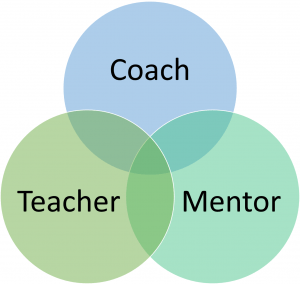There I was, sitting in the office of a senior executive who was struggling to come to terms with the reality that their organizational change effort, though having somewhat significant success initially, was not sustaining. People were quickly slipping back to old behaviors and engagement measures were sliding back to where they were when the change process started.
As I learned more about the “culture” change efforts that this organization had engaged in over the last year and a half, it became clear to me where it went sideways. This leader is not alone in succumbing to this common misconception about what culture is and isn’t and I felt that it was time to take a moment to clarify a few things for the rest of my readers who may be feeling similar frustrations.
The concept of organizational culture has become widely accepted as a critical component of performance in recent years. With this, I find that a great many of my discussions with leaders, often, teeter between several topics that fall within the realm of culture but are not one and the same. This reality can create some understandable confusion and frustration for people.
One common situation that I find myself running into are conversations with business leaders who are attempting to evolve the cultures of their organization but who, in reality, are focusing on organizational climate. Many business leaders tend to utilize the terms organizational culture and organizational climate interchangeably, and while they share many similarities, there are several key differences that delineate them from one other.
Read More…









